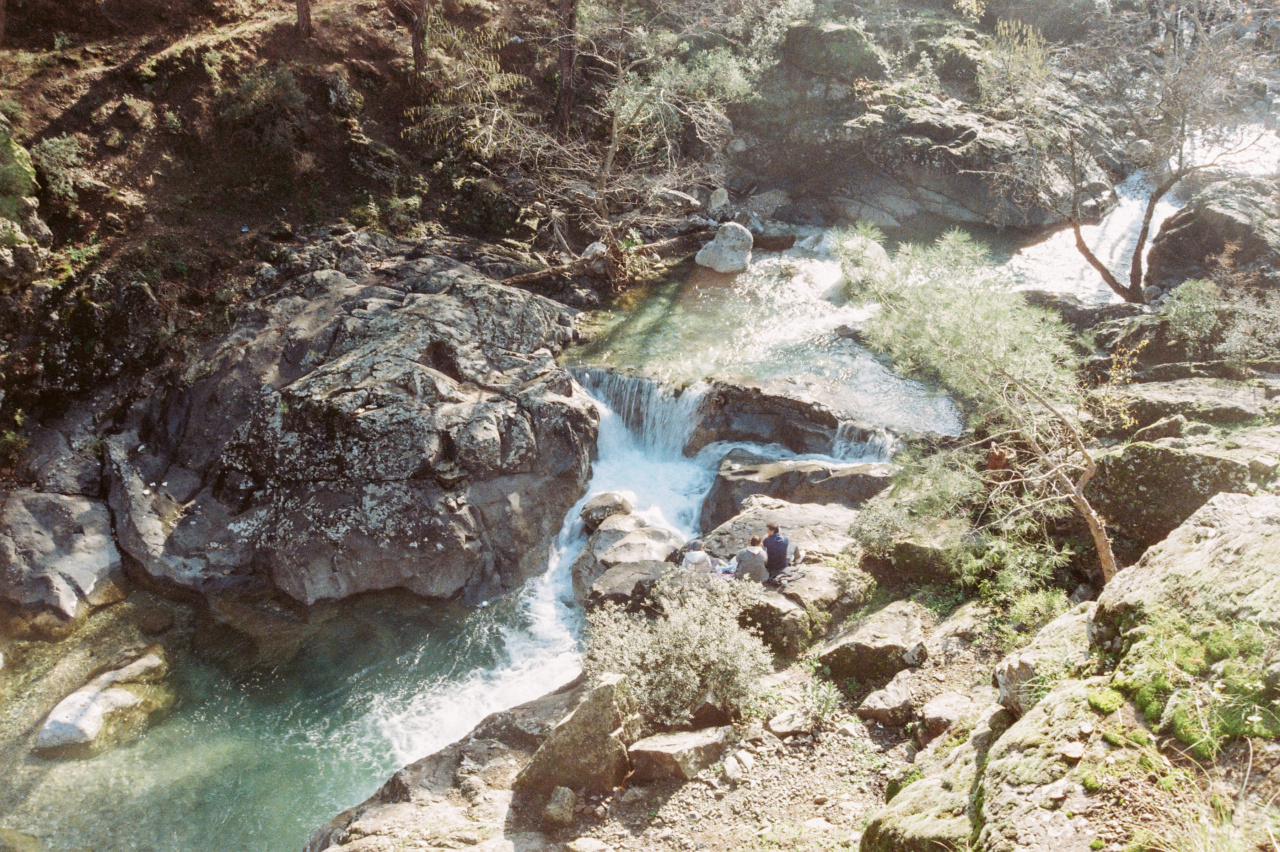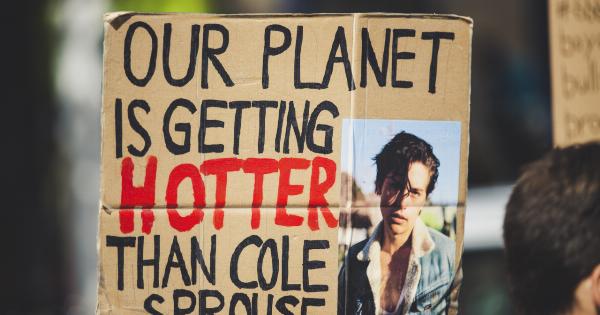Rivers are an essential part of our planet’s ecosystem. They provide water, food, transportation, and recreation for millions of people around the globe. But they are also fragile and vulnerable to pollution, climate change, and human activities.
A river in its natural state is a wonder that supports plant and animal life and ensures the stability of the ecosystem around it. However, when a river is polluted or disturbed, it can cause serious damage to the environment.
The Importance of Rivers
Let’s start with why rivers are important. Rivers provide water to millions of people for drinking, irrigation, and industrial uses.
They are also an important habitat for aquatic plants and animals, and they help transport sediment and nutrients throughout the ecosystem. Rivers also provide a means of transportation and trade for people around the world.
Rivers are also a important part of cultural heritage, providing natural landmarks or boundaries for towns or cities, and being the source of myths and legends that have been passed down for generations.
They are often the site of important historical events or battles that have shaped the course of civilization.
The Threats to Rivers
Despite their importance, rivers are under threat from a range of human activities. One of the biggest threats to rivers is pollution, caused by chemicals, fertilizers, and other contaminants that are often found in urban runoff or agricultural waste.
This can lead to harm of aquatic life and render water unsuitable for human consumption or use.
Another threat to rivers is climate change. Rising temperatures can lead to droughts and decreased water flow, which can harm plants and animals living near the river or even lead to river migration and loss of habitats of other species.
In addition, extreme weather events such as floods or storms can cause erosion, debris, or damage that can be extremely harmful to the river ecosystem.
Preventing River Catastrophes
So how can we prevent the devastating effects of river pollution and ecosystem degradation? There are many things we can do to protect rivers and help mitigate the impact of climate change around the world.
Here are ten ways to help protect the natural flow of rivers:.
1. Minimizing Pollution
One of the easiest ways to protect rivers is to minimize pollution by reducing the amount of chemicals and waste that end up in the waterway.
This can be done by using environmentally friendly products, avoiding littering, and properly disposing of hazardous materials.
2. Reforesting River Banks
A good way to protect rivers is by reforesting their banks. This helps to stabilize the river bank, reduce soil erosion, and filter sediment and nutrients out of the water.
3. Supporting and Developing Sustainable Agriculture
Sustainable agriculture is an approach to farming that strives to minimize the negative effects of agriculture on the environment.
This includes reducing the use of harmful chemicals and adopting techniques that conserve and protect soil and other natural resources.
4. Promoting Environmental Awareness and Education
One way to prevent pollution and other forms of environmental damage to rivers is by promoting environmental awareness and education, particularly among the younger generation.
This can encourage people to respect the natural ecosystem and take steps to protect it.
5. Minimizing Dam Impacts
Dams can have a significant impact on rivers and their ecosystems so minimizing their negative impacts should be a priority.
Facilitating the removal of obsolete or unwanted dams and only building where necessary can protect the natural flow of the water.
6. Building Proper Infrastructure
Properly designing and building infrastructure that helps to minimize the impact on the river ecosystem is vital.
Construction of roads, bridges, buildings and other structures in riparian zones should be limited and designed to avoid negative impacts on the river ecosystem where possible.
7. Managing Water Withdrawals and Use
Water withdrawals should be managed with the aim of protecting river ecosystems.
Water should only be withdrawn when necessary and not more than the available water permits to avoid water depletion in the river and cut the supply for downstream ecosystems and communities.
8. Developing River Restoration Programs
Restoration of rivers that have been subjected to environmental degradation or mismanagement can be very beneficial, specifically, restoration programs that aim to improve aquatic habitat and water quality, and reduce erosion and sediment input in a controlled manner should be undertaken.
9. Developing Climate Change Mitigation Strategies
Climate change mitigation strategies are vital in mitigating the adverse effects of climate change.
Developing and implementing techniques that reduce greenhouse gas emissions, promote carbon sequestration and help in adapting to the impacts of climate change can contribute to ensuring the long-term health and stability of rivers.
10. Developing Plans for Early Warning and Emergency Response
Development of early warning and emergency response plans are essential to prevent catastrophic events, particularly during extreme weather events.
Coordinated planning and communication between relevant stakeholders including government, civil society, and communities can help reduce the impacts on aquatic ecosystems and communities.
Conclusion
Rivers are key to the survival of our planet. Our impact on them is vitally important, especially because of the various threats that rivers face, from pollution to climate change to our actions.
There are many ways that we can prevent the devastation that a cascade can cause, and it is important for all of us to take steps to ensure that the rivers of our world are healthy and vital for generations to come.




























